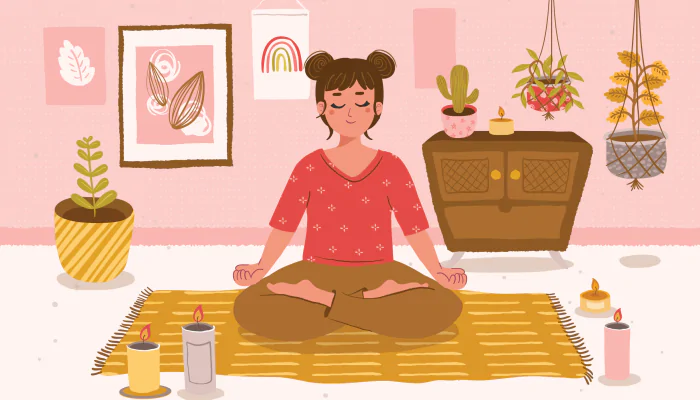In today’s fast-paced world, finding time for self-care often feels like a luxury. But what if you could calm your mind and recharge your energy without blocking out an entire hour? The sitting meditation pose is a simple yet powerful way to centre yourself — whether you’re on a quick lunch break, sipping evening tea or coffee, or winding down before bed. This approach has been highlighted in resources like The New York Times (NYT) for its accessibility and health benefits.
Why the Sitting Meditation Pose NYT Works for Busy Schedules
Many people avoid meditation because they think it requires a yoga mat, a quiet studio, or a large time commitment. The truth? The sitting meditation pose can be done almost anywhere — your office chair, the living room couch, or even the side of your bed. Just a few minutes can help you:
Reduce stress and mental clutter, boost focus and productivity, improve mood and emotional balance, support better sleep quality.
How to Practice the Sitting Meditation Pose (NYT-Inspired Approach)
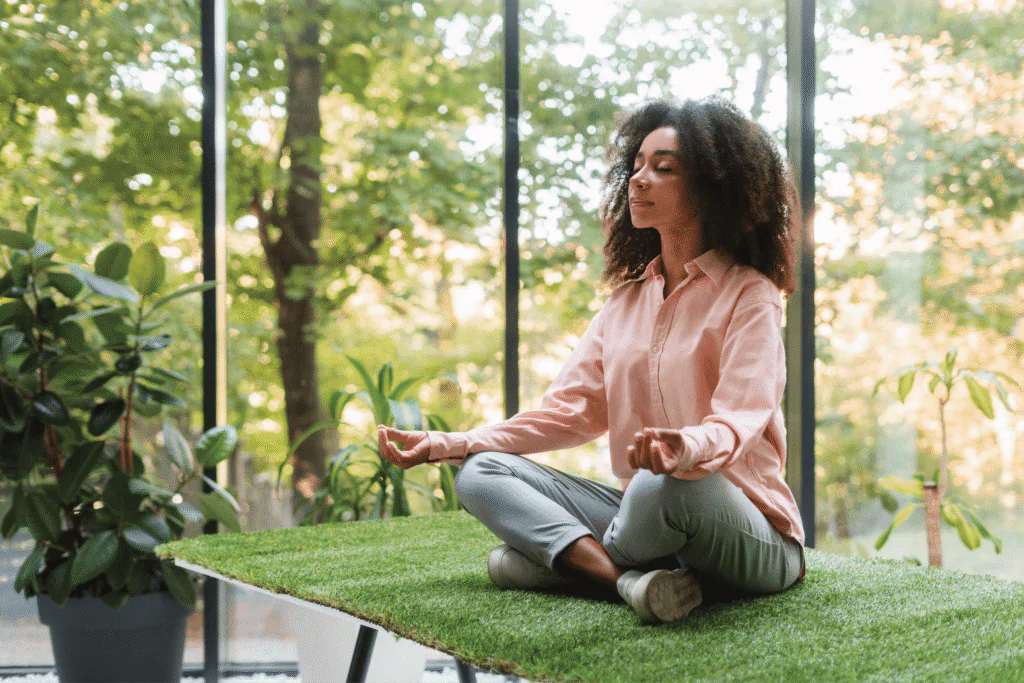
The beauty of the sitting meditation pose is its adaptability. You don’t need special clothing, equipment, or a quiet mountain cabin. Just a few simple adjustments can make your practice more effective and comfortable.
1. Find Your Seat and Set Your Intention
- Choose a stable surface where you can sit comfortably for the entire session — this could be a chair, a bench, a meditation cushion, or even the floor.
- Keep your spine upright but avoid stiffening; imagine your head gently lifting toward the ceiling.
- Before you begin, set a simple intention, such as “I want to feel calm” or “I want to be present for the next five minutes.” This anchors your practice.
2. Position Your Legs and Feet
- If on a chair: Place both feet flat on the ground, hip-width apart. Keep your knees bent at roughly 90 degrees.
- If on the floor: Sit cross-legged, half-lotus, or full lotus — whichever is most comfortable. If needed, place a cushion under your hips to reduce strain on your knees and lower back.
- Avoid locking your knees or tensing your thighs; comfort supports focus.
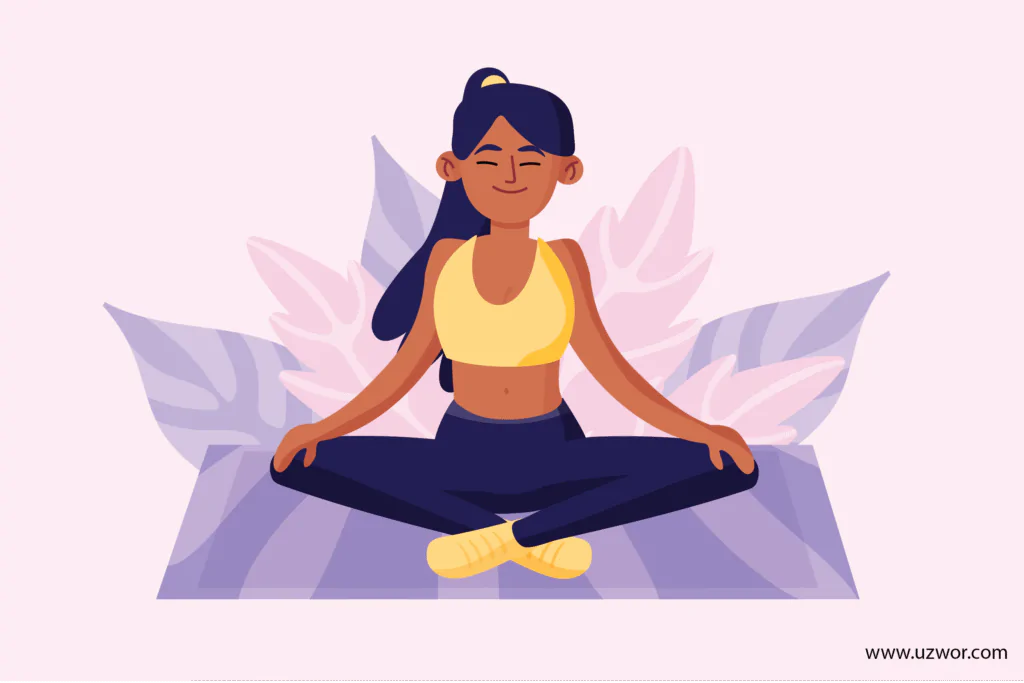
3. Place Your Hands and Relax Your Shoulder
- Rest your hands gently on your thighs or in your lap.
- You can place palms upward (for openness and receiving energy) or downward (for grounding and stability).
- Drop your shoulders away from your ears to release tension.
4. Relax Your Gaze or Close Your Eyes
- If closing your eyes feels safe and comfortable, do so.
- If not, keep them softly open and gaze at a neutral point about 3–4 feet in front of you. This prevents mental drift and keeps you present.
5. Breathe with Awareness
- Inhale slowly through your nose, letting your chest and belly expand naturally.
- Exhale gently through your nose or mouth, whichever feels more comfortable.
- Don’t force your breath — simply notice its rhythm and depth.

6. Choose a Mental Anchor
- When thoughts wander (which is normal), gently return to a focus point such as: The sensation of your breath moving in and out, the feeling of your body against the chair or floor. A simple word or phrase like “calm” or “peace” repeated silently
7. Adjust and Continue
If discomfort arises, subtly shift your position without breaking your focus. Start with 2–5 minutes if you’re new to meditation. Gradually increase to 10–20 minutes as it becomes part of your daily rhythm.
8. End with Gratitude
Before getting up, take a brief moment to acknowledge yourself for taking time out of your day for your mental and emotional well-being.
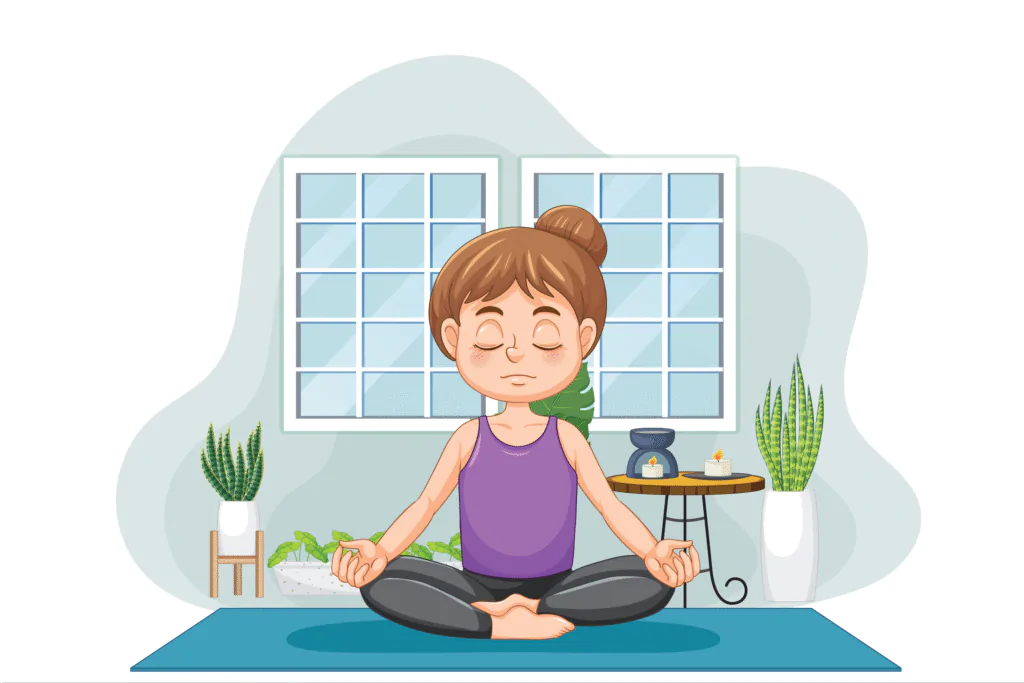
Learning from a Teacher of Meditative Poses (NYT Perspective)
While self-practice is valuable, having guidance from an experienced teacher of meditative poses can help refine your technique and deepen your meditation experience. Publications like The New York Times (NYT) have featured stories of such teachers who specialise in adapting meditative postures, including the sitting meditation pose for people with different body types, mobility levels, and schedules.
A skilled teacher can:
- Correct your posture to prevent discomfort or strain
- Introduce breathing techniques tailored to your needs
- Help you integrate mindfulness into your existing daily habits
- Encourage to maintain consistency
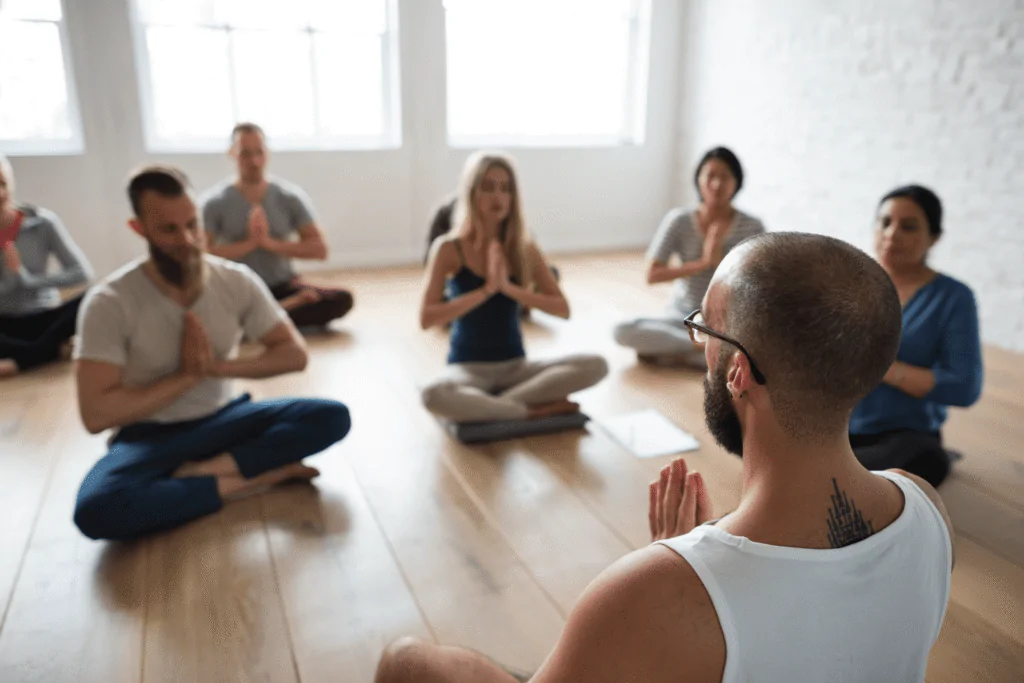
Even if you can’t attend in-person classes, you can still benefit from online workshops, guided video sessions, or articles written by respected meditation instructors. Drawing inspiration from NYT-featured experts, you can customise the sitting meditation pose to suit your work breaks, home environment, or bedtime routine.
Conclusion
Finding moments of peace in a busy day doesn’t have to be complicated. The sitting meditation pose is proof that mindfulness can fit into the tightest schedules — whether during a lunch break, over an evening coffee, or just before bed. By setting your intention, sitting with proper posture, breathing with awareness, and gently guiding your mind back when it wanders, you can experience calm, focus, and emotional balance in just a few minutes.
The best part? You can do it anywhere — no special gear, no extra space, and no need to disrupt your daily routine. The more consistently you practice, the more you’ll notice its positive effects on your stress levels, mood, and even sleep.
Now I’d love to hear from you:
How do you manage to make time for meditation in your busy life? Do you practice during work breaks, right before bed, or somewhere in between? Share your tips and experiences in the comments — your insight might inspire someone else to begin their journey

